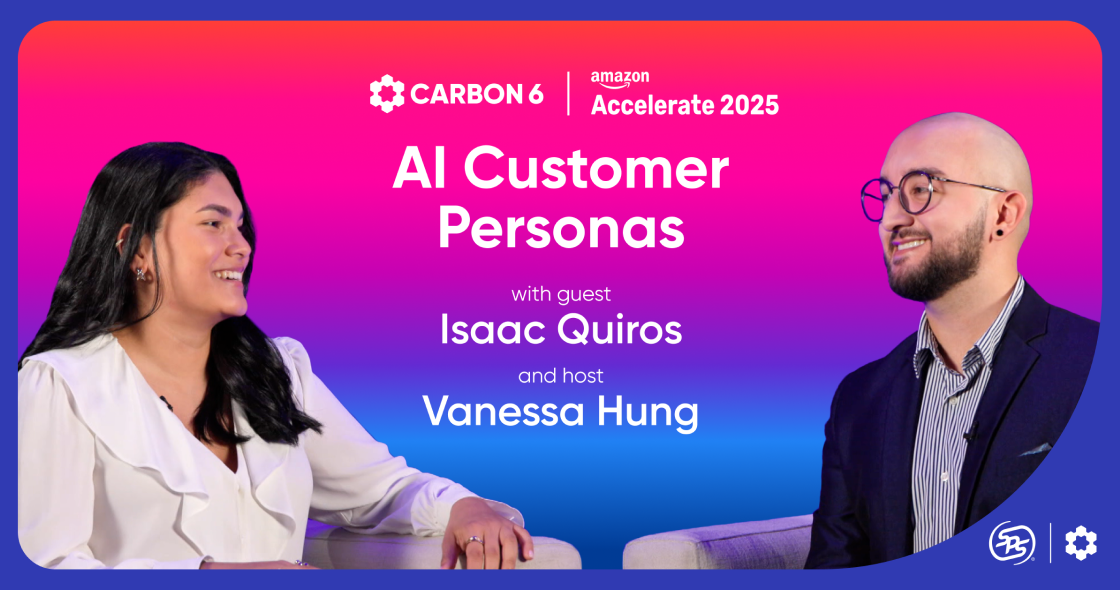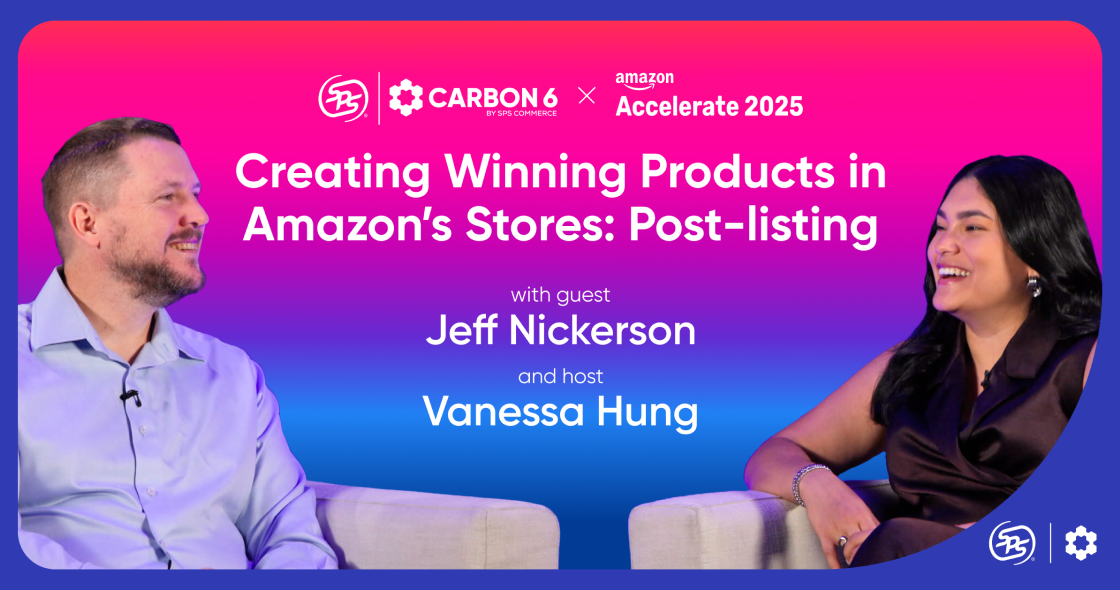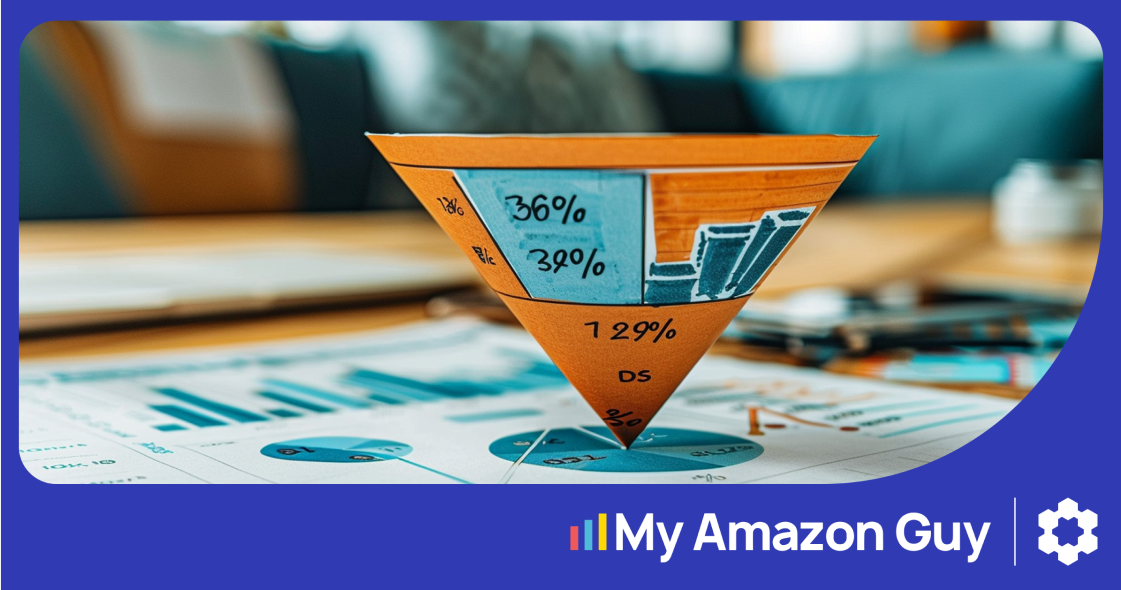Listen to This Article
Whether you run a branded, third-party enterprise on Amazon, or manage a 1P vendor partnership, you face two seemingly opposed pressures:
- You’re under constant pressure to increase ad spend in order to drive growth, and
- You’re equally accountable for the bottom-line profitability of your operations on retail platforms.
Can you both spend on ads and protect your margins? Is there a way out of this seeming trap?What is an effective retail media strategy?
Key Insights
- The retail media trap
The idea that a choice must be made between scaling retail advertising spend and protecting margins is perhaps the biggest fallacy in retail. - Pillars of success
Three key pillars set the foundation of a successful retail media strategy: (1) use of a full advertising funnel, (2) taking steps to protect margins, and (3) visibility. - Retail media ROI
Profitable growth is achievable with an integrated framework, with a full-funnel advertising strategy integrated with steps for margin protection.
Growth At All Costs?
Scaling retail advertising spend and protecting margins need not be mutually exclusive. For both 3P sellers and 1P vendors, it’s easy to get caught chasing top-line revenue with aggressive ad spend, often leading to bloated ACoS (Advertising Cost of Sales), poor ROAS (Return on Ad Spend), and ultimately, margin erosion.
This retail media trap can create a sense that it’s only possible to successfully focus on one or the other (spend or margins), which isn’t the case.
With the right strategy you can successfully do both. Three pillars set the stage for brand success:
- A Full-Funnel Approach to Ads
- Active Margin Protection
- Operational Visibility
Pillar #1: A Full-Funnel Approach to Ads
A full-funnel, data-driven approach is part one of the solution. This approach aligns ad spend with the customer journey, from awareness to consideration to conversion, and uses data to optimize each stage.
Top of Funnel: Awareness
- Use Sponsored Display and Amazon DSP to reach new audiences based on interests, behaviors, and competitor targeting.
- Take steps to drive high-converting external traffic to your Amazon listings.
- Use Amazon Attribution to track performance and optimize campaigns based on off-Amazon engagement.
Mid-Funnel: Consideration
- Retarget visitors who viewed your product but didn’t purchase.
- Use Sponsored Brands to showcase your catalog and build brand equity.
- Measure click-through rates, detail page views, and add-to-cart rates.
Bottom of Funnel: Conversion
- Optimize Sponsored Products for high-intent keywords.
- Use ASIN-level performance data to double down on best sellers and trim underperformers.
- Track ACoS, ROAS, and conversion rate to ensure efficiency.
Smarter media tools can make this process more effective. Consider tools like DSP Prime from Carbon6 to connect your brand with high-intent audiences across websites, apps, and streaming platforms.
Then drive valuable, high-converting external traffic to your Amazon listings with PixelMe, our AI-powered external traffic solution.
Beefing up your ad game with the right tools is the fastest way to reinforce this key pillar of success and get more value from your spend.
Pillar #2: Active Margin Protection
Even the smartest ad spend is wasted if profits are leaking out through operational errors. Protecting your margins is the foundation of any profitable retail media strategy.
Each type of relationship, vendor and seller, brings unique challenges.
1P Vendors
To safeguard margins vendors must proactively manage deductions and chargebacks, as well as be prepared to negotiate trade terms strategically in their Annual Vendor Negotiation (AVN).
Use tools: Manual recovery is inefficient and error-prone. Use tools like Revenue Recovery to automate dispute filing, track cases, and recover revenue faster.
Monitor: deductions can silently erode up to 10–15% of revenue. Regularly audit shortage claims and co-op fees to catch inaccuracies.
Use deduction data to highlight operational friction and justify margin protection. Tying that into your AVN, as an example, if chargebacks correlate with Amazon’s own warehouse errors, use that insight to push back during negotiations.
Your Amazon AVN is a key opportunity to unlock profitability. We’ve put together a strategic white paper for driving profitability for vendors, with actionable steps for maintaining and improving partnerships with Amazon in 2025.
3P Sellers
Inventory losses, shipping errors, and refund discrepancies are one area where your margins can suffer — and, thankfully, one area you can easily protect. Proactively audit reimbursements, input accurate manufacturing costs, and use specialized services to recover lost funds.
Consider an FBA reimbursement solution like Seller Investigators to guard against profit loss by identifying inventory losses, shipping errors, and refund discrepancies.
By staying vigilant and using data-driven tools, 3P sellers can turn Amazon’s complex reimbursement and fulfillment systems into margin-protecting opportunities.
Pillar #3: Operational Visibility
Unified data from efficient advertising (Pillar 1) and clean operations (Pillar 2) provides the “operational visibility” needed for high-stakes strategic planning and productive conversations. For Amazon vendors this provides useful leverage when entering the annual negotiation (AVN).
For sellers, with margins protected through recovery services and full-funnel ad strategies that deliver results, you’re able to avoid the retail media trap that can otherwise plague brands on Amazon.
For both sellers and vendors, Weekly Business Reviews (WBRs) are a must in order to take full advantage of these strategies. WBRs revolve around metrics, covering sales, returns, inventory, customer experience, and more.
By reviewing key metrics weekly you’re able to spot trends, anomalies, and emerging risks.
Retail Media ROI
Profitable growth is achievable with an integrated framework. When full-funnel advertising is combined with margin protection:
- You grow top-line revenue through strategic demand generation.
- You preserve bottom-line profit by controlling costs and optimizing spend.
- You scale sustainably, avoiding the trap of growth that cannibalizes margin.
This framework is especially powerful when supported by automation and tools designed to drive results.







